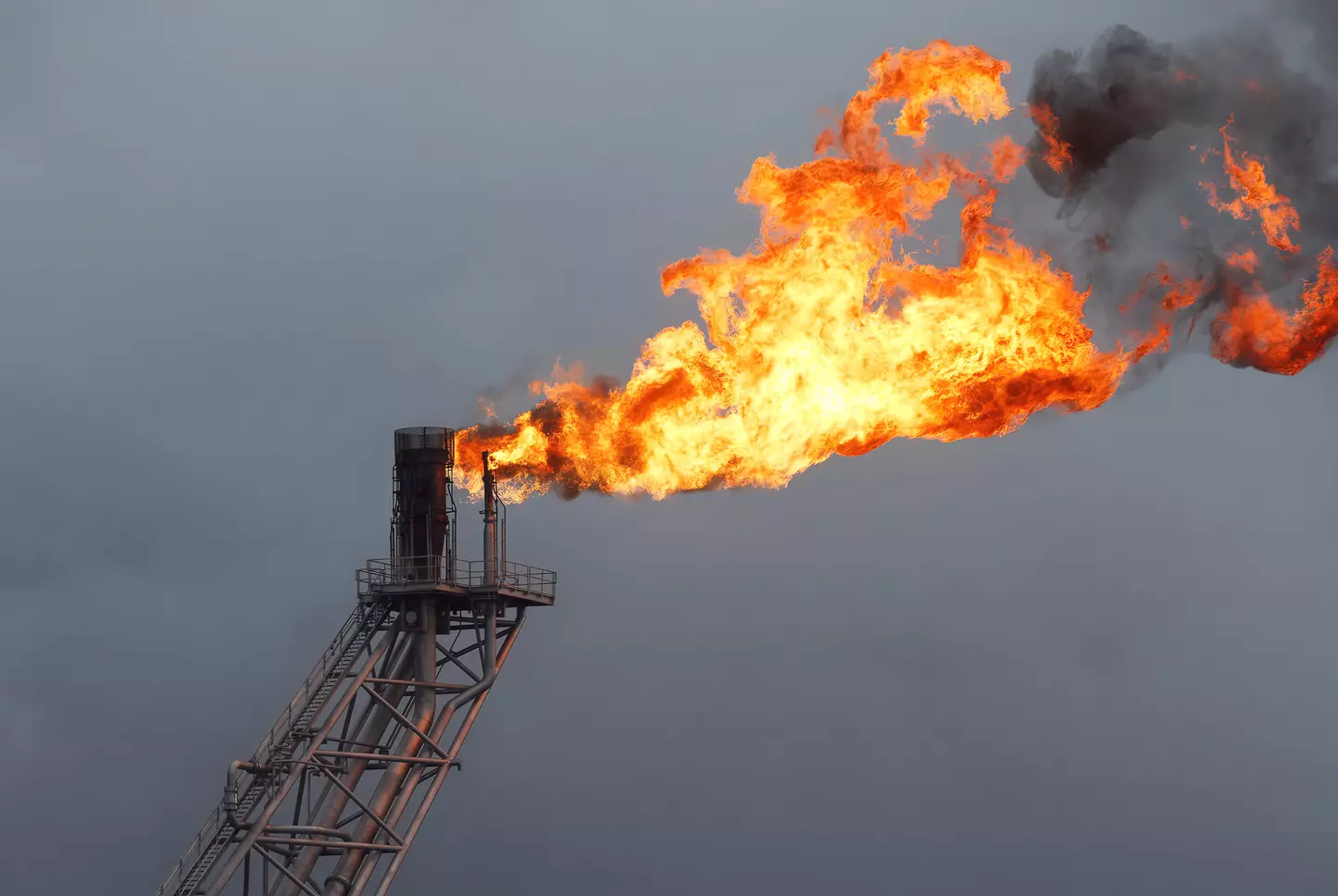A slow and contradictory ecological transition such as the one in Italy not only risks slowing down climate change mitigation, but also filling industrial processes and the economy with obsolete technologies, while taking resources away from the transition to clean energies. It is the phenomenon of carbon lock-in: focusing on fuel-related infrastructure today means committing to investments with a payback time of several decades, thus accepting that at some point you are at a crossroads between two bad options. The first is to continue using them until they expire, thus failing to meet climate decarbonisation targets. The second is to abandon them, leaving the state and corporate balance sheets full of stranded assets, resources that will have lost all value in the meantime and will no longer allow a return on initial investments.
On 20 July 2023, the Italian parliament definitively approved the decree on regasifiers. On the same day, the Ministry for the Environment and Energy Security sent the European Commission the new draft of the PNIEC - the National Integrated Energy and Climate Plan, still strongly linked to the old energy world.
In both cases, the two decisions project the use of fossil fuels, and of natural gas in particular, well beyond the timeframe set out in the European plans to reduce emissions from 2030 onwards, foreseeing a series of investments in new infrastructure and “without a clear exit strategy from fossil fuels, with an emergency vision that does not take into account the evolution of prices and demand”, as stated in the analysis published by the independent energy and climate think tank Ecco.
If from the energy point of view, the risk is mainly climatic and financial, from the production point of view there is also the risk of loss of competitiveness and de-industrialisation for some key sectors, starting with the automotive industry. Slowing down the transition to electricity, or diverting it to technologies with an uncertain future such as biofuels, risks pushing dozens of companies progressively out of the market.
This is particularly important for a country that is Europe's second-largest manufacturer, employing 4 million people and accounting for 20 per cent of GDP, but which has also seen an ageing and shrinking in recent years. For the hard-to-abate sectors, such as cement, glass, paper, ceramics, steel, research and innovation along avenues such as green hydrogen will be crucial, but where mature technologies already exist, such as automotive, rapid translation to sustainable technologies is important. In the event of rapid decarbonisation, according to a study by MBS Consulting, the employment rate will rise from 57% in 2020 to 68% in 2030, especially for young people under 34 and women.
However, the problem of lock-in risks is particularly evident when we look at the role of gas in the energy system. According to an old adage, “oil is an engagement, but gas is a marriage”. This is a way of saying that the complexity of the infrastructure required to use it and the length of contracts with foreign suppliers project the use of this source into the decades. What is decided in the early 2020s has consequences until the 2040s. According to a report by Carbon Tracker even before the outbreak of war in Ukraine, two-thirds of gas contracts had a duration of more than 20 years, the conflict has only made the spot price higher and encouraged stable agreements, which however increase the risk of projecting fossil investments into a future where they will become stranded assets.
In the energy chaos that erupted after the war in Ukraine, EU countries planned to increase their liquefied gas import capacity by 92% until 2026, with Germany in first place and Italy in second, with the signing of at least seven long-term contracts lasting until 2040 and beyond. The financial losses are likely to be in the order of EUR 11 billion, also because - according to a recent forecast by IEEFA (Institute for Energy Economics and Financial Analysis) - gas demand in Europe already in 2030 will be 40 per cent of that in 2019. So, once again, the risk is to build infrastructure that will cease to be useful long before it pays for itself.
According to an analysis by WRI, World Resources Institute, the payback time of an infrastructure investment can range from 14 years for residential to 80, for a median time of 27.5 years, which for gas goes up to 30. This means that a technology choice made today on gas has a projection beyond the EU's net zero terms: globally, $90 trillion will be spent on infrastructure over the next decade: “Choosing well what kind of investments to move towards will make a critical difference,” writes WRI, not only from the point of view of reducing greenhouse gas emissions and thus the impact on the climate crisis, but also for the return on those investments.
The symbol of this still fossil-bound strategy in the coming decades, the one in the time zone of stranded assets, is the decision to build new regasifiers, an approach also confirmed by the government's new PNIEC National Integrated Plan for Energy and Climate, but in contradiction with the RePowerEU plan. Once this technology is in the system, it generates a dependency that is very difficult to break. At the last Italian LNG Summit organised in Rome under the patronage of the Ministry of the Environment, the CEO of OLT Offshore LNG Toscana, a subsidiary of Snam that manages the regasifier in Livorno, said he expects that the operation of this infrastructure - currently scheduled to last until 2033 - could be extended by another ten or fifteen years, therefore until 2048, through a revamping, which would obviously have costs and would be an indication of a political and strategic choice.
